Sustainable wellbeing and green living
Let's find ways to Flourish!
4 Ways to Make Industrial Decarbonization a Reality

Yes – individual actions are very important when it comes to reducing our environmental impact and ensuring the sustainability of our planet and its ecosystems. However, we also need to think big picture in order to make the necessary transition to a greener way of living. Not only is it beneficial for individuals and businesses to go green, but for entire industries as well!
Did you know that emissions from the industrial sector comprise one-third of all global emissions? It is no secret that our economies rely heavily on the industrial sector. A wide variety of industries are responsible for producing the items we rely on in our everyday life. For example, items such as cellphones, homes, city structures, consumer goods, as well as many more, are made up of materials that are produced by the industrial goods sector.

This reliance on and prevalence of the industrial sector is why we need to find greener solutions! If we’re unable to do away with activities that negatively impact t...
Generate electricity one step at a time with Piezoelectricity

As the world’s demand for energy continues to increase, we know how important it is to develop and utilize alternative and sustainable methods of energy production. You may already be quite familiar with green energy sources or alternative energies such as hydroelectric power, wind power, biomass energy, or solar power, but did you know that there are many more opportunities for electricity generation?
In fact, something as simple as walking can generate electricity! According to the first law of thermodynamics, the Law of Conservation of Energy, energy can be neither created or destroyed; energy can only be transferred or changed from one form to another. Therefore, the mechanical energy that is produced with each of our footsteps can actually be harvested and converted to electricity! Pretty incredible right?
How is this possible?
The energy produced by our footsteps can be converted to electricity through the piezoelectric effect. The piezoelectric effect is the ability of certai...
Why we need to celebrate our trees
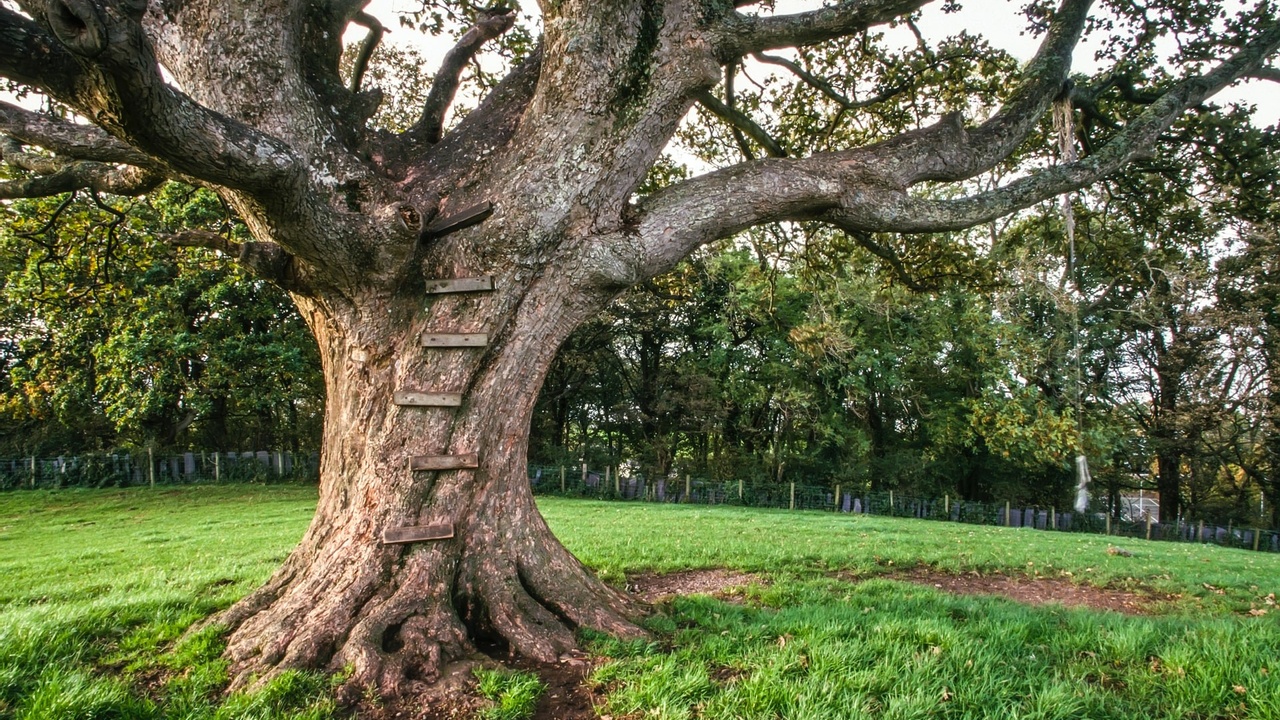
Spring is one of those seasons where we become a bit more aware of the plants and trees around us. And, of course springtime marks the beginning of the growing season for deciduous trees. If you live in a middle-latitude region like I do, you’ll know how good of a feeling it is when trees begin to “wake up” and leaves begin to bud.
It is useful to take a moment to remember the benefits provided by trees. As with all plants that photosynthesize, they provide the one and only route that this planet has to capture the sun’s energy and turn it into chemical energy and biomass. Yeah, kinda important right!
But we may more often consider the benefit of trees as being able to remove Carbon Dioxide from the atmosphere and store it, or to stabilize soils from erosion. Or perhaps to provide habitat for countless other species, everything from mosses, to mushrooms, to birds, insects and orangutans!
In the urban environment we also reap plenty of benefits from trees as they shade our walking pa...
Turning waste into resources with community composting
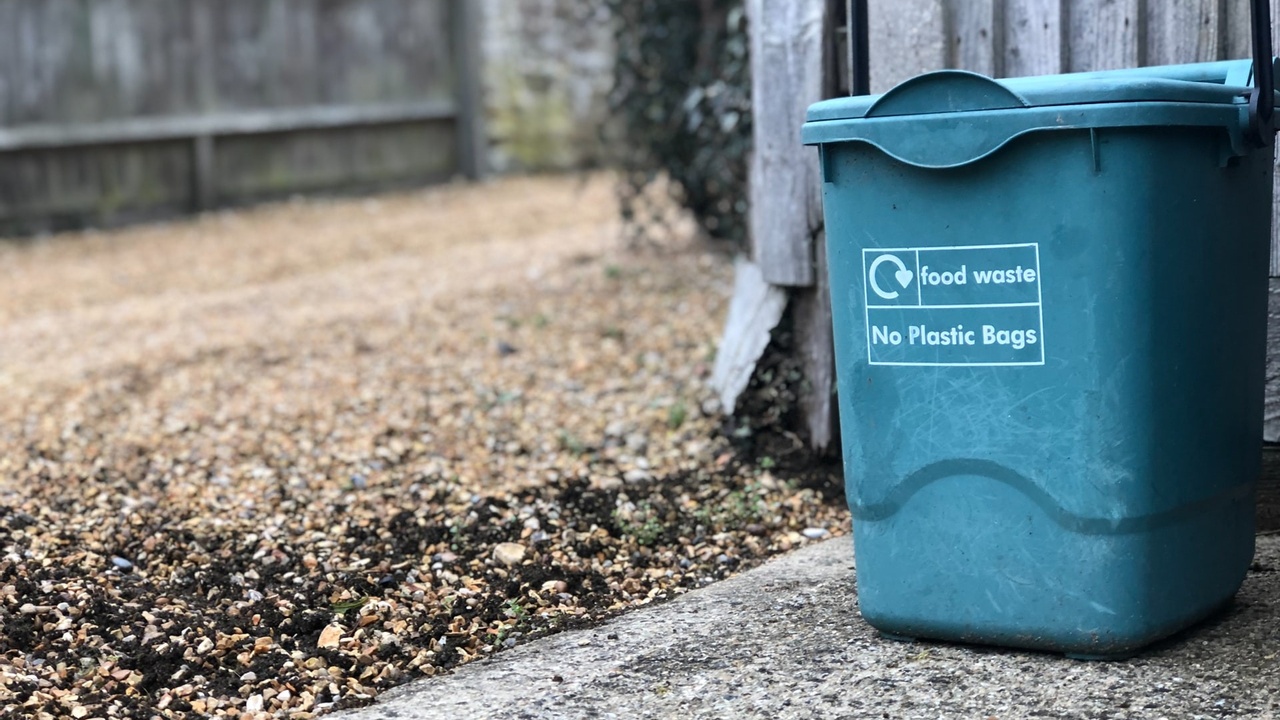
You may be familiar with backyard composting, but what about options for institutions, schools, businesses and people who would like another alternative to backyard and vermicomposting? Community composting can be a great solution to these dilemmas and a way to extend the lifespan of your local landfill and reduce greenhouse gas emissions at the same time.
But first, let’s talk about why composting is a perennial favourite for taking personal action against climate change!
Why does everyone talk about the need to compost?
When food is thrown out in the garbage, and sent to the landfill, that organic waste is compacted in a sanitary landfill. This is done to save space in the landfill and to prevent animals from scavenging food there. However, this means that the food will break down without much oxygen - in other words, it will be anaerobically broken down.

When this happens, the decomposition of the food does not take the usual route of turning into carbon dioxide and other nutr...
The value of green infrastructure
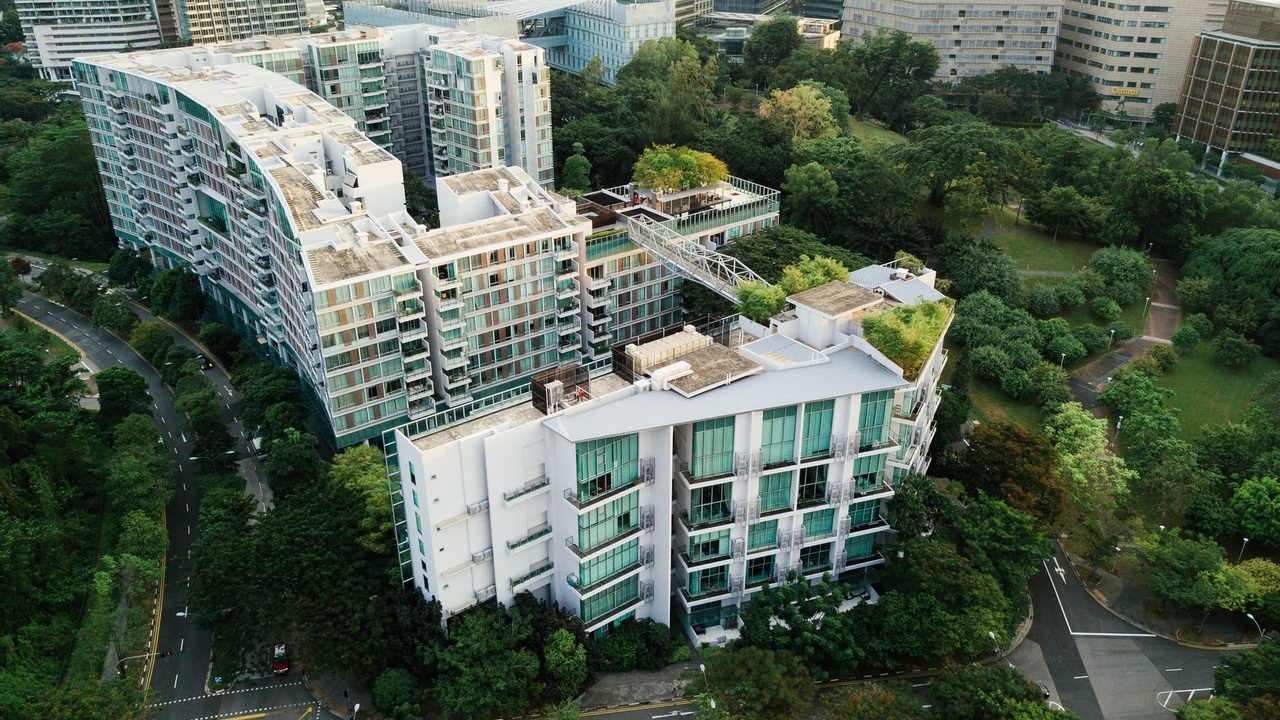
Cities can be great places to live, especially if you are looking to reduce your environmental impact, as higher-density cities use less land per person, encourage methods of active transportation such as walking or biking, and offer pro-environmental businesses and services like carshare and cupshare.
Despite these benefits, cities are often missing a crucial element: nature! One of the biggest differences between rural life and city living is that nature is less accessible and less visible in urban areas. However, this doesn’t have to be the case!
As we have become more aware about the important role that nature plays in the human experience, it has become more common to include green infrastructure in our cities!
Green infrastructure can be defined as the natural vegetative systems such as green spaces and trees in towns and cities that provide us with environmental, societal, and economic benefits.

Different types of green infrastructure and their benefits
Green spaces in ci...
Akashinga - Nature Protected by Women

African wildlife is at risk and in need of protection. Over the span of seven years, elephant populations in Africa have decreased by 30% across the continent, mainly due to poaching. Similarly, rhinos are targeted for their valuable horns. Who is protecting African wildlife and how?
Akashinga is Africa’s first armed, all-women anti-poaching unit which is changing the way the issue of poaching is addressed throughout the continent. Instead of combatting poachers with violence, Akashinga uses a community buy-in approach that focuses on educating communities about the economic benefits of preserving Africa’s wildlife.
 Akashinga operates in Zimbabwe and relies on strong and powerful women to protect the environment and as a result, empower themselves and their communities.
Akashinga operates in Zimbabwe and relies on strong and powerful women to protect the environment and as a result, empower themselves and their communities.
How it all began
Akashinga was founded in 2017 by the International Anti-Poaching Foundation (IAPF). This foundation was created in 2009 by Damien Mander, an Iraq war veteran who served as a Naval clearance diver an...
Creating Age-Friendly Communities

Aging is a life-long process that we should embrace and enjoy, not shy away from. However, this can be difficult to do when we live in cities which are designed in a way that tends to exclude the elderly population from being active, social, and properly included in society.
Because this is such a widespread issue, the term “age-friendly” has been developed in order to describe cities and communities that are inclusive of all ages. According to the World Health Organization (WHO), an age friendly city includes policies, services, and structures related to the physical and social environment that support and enable elderly populations to age actively.
“The WHO defines active aging as being able to: live in security, enjoy good health, and continue to participate fully in society.”
This is achieved by making sure that public settings and services are accessible for varying levels of ability. It is no secret that urban areas are often designed with young and mobile populations in mind....
Getting around while being active equals: Active Transportation
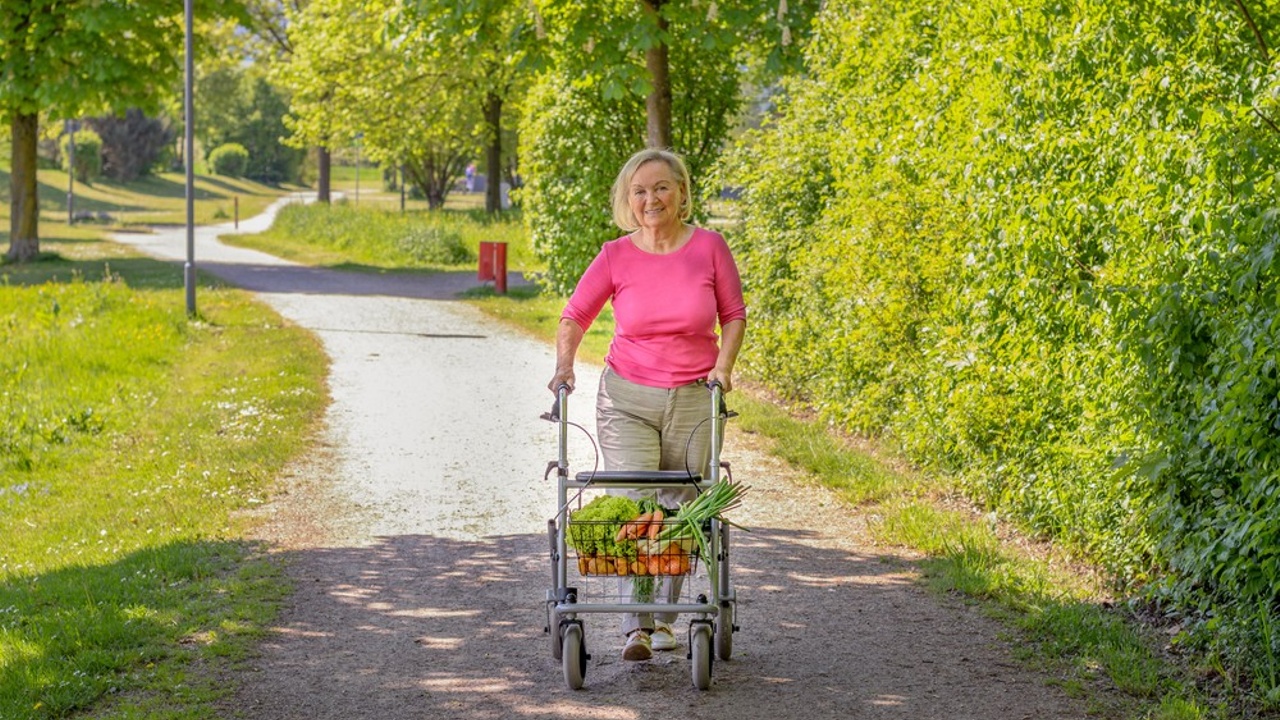
Active transportation is any kind of human-powered form of travel! This includes walking, cycling, running, skiing, skating, skateboarding, canoeing, and more.
One of the most popular forms of active transportation is walking due to the fact that it is free and doesn’t require learning a new skill!
Active transportation is a great way to get your body moving and enjoy all the benefits that come with physical exercise. While we may not all have time to hit the gym or schedule in some structured exercise, using different forms of active transportation instead of taking a car or the bus can be just as beneficial health-wise!

Some of the benefits that come with regular physical activity include the release of endorphins, increased energy, improved quality of sleep, improved overall mood, and the prevention of cardiovascular disease, some cancers and diabetes.
In addition, choosing active transportation is great for the environment, as less fossil fuels are used, less pollution is pro...
Saving our farmland and wilderness through Brownfield Redevelopment
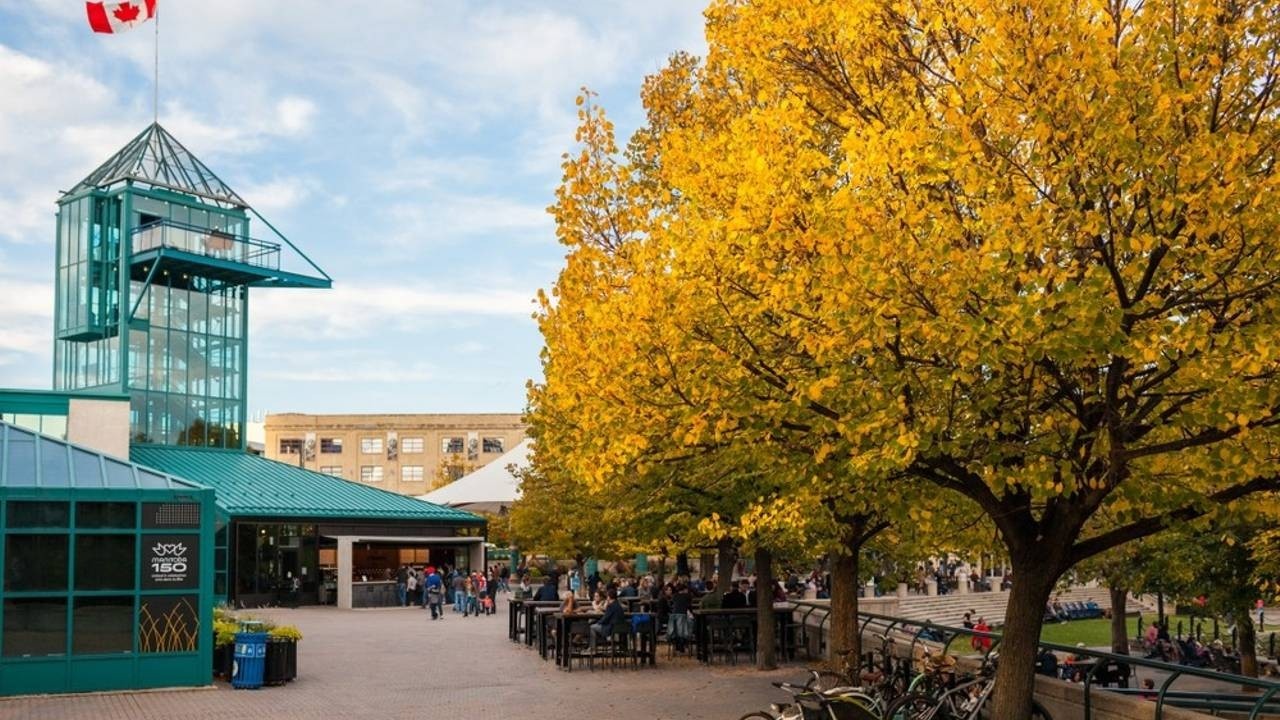
Cities are constantly changing. New buildings get built, old ones get torn down, and land usage changes over time. You may, however, notice certain plots of land that are underutilized and quite frankly – a bit of an eye sore!
If you aren’t familiar with the term already, a brownfield is a commercial or industrial property that is vacant or underused due to past actions and uses that have caused environmental contamination.
Although there are often concerns about soil and groundwater safety due to the threat of contaminants such as hazardous substances, pollutants, petroleum, or other substances, brownfield sites have the potential for redevelopment or other economic opportunities.
Benefits of redeveloping brownfields
Why should we care about redeveloping and revitalizing brownfields in our cities?
For one, brownfields are often located in prime areas of our towns and cities. Not only does this mean that they are unappealing to look at, therefore degrading the overall appearance o...
What are Greenbelts and how can they benefit us?
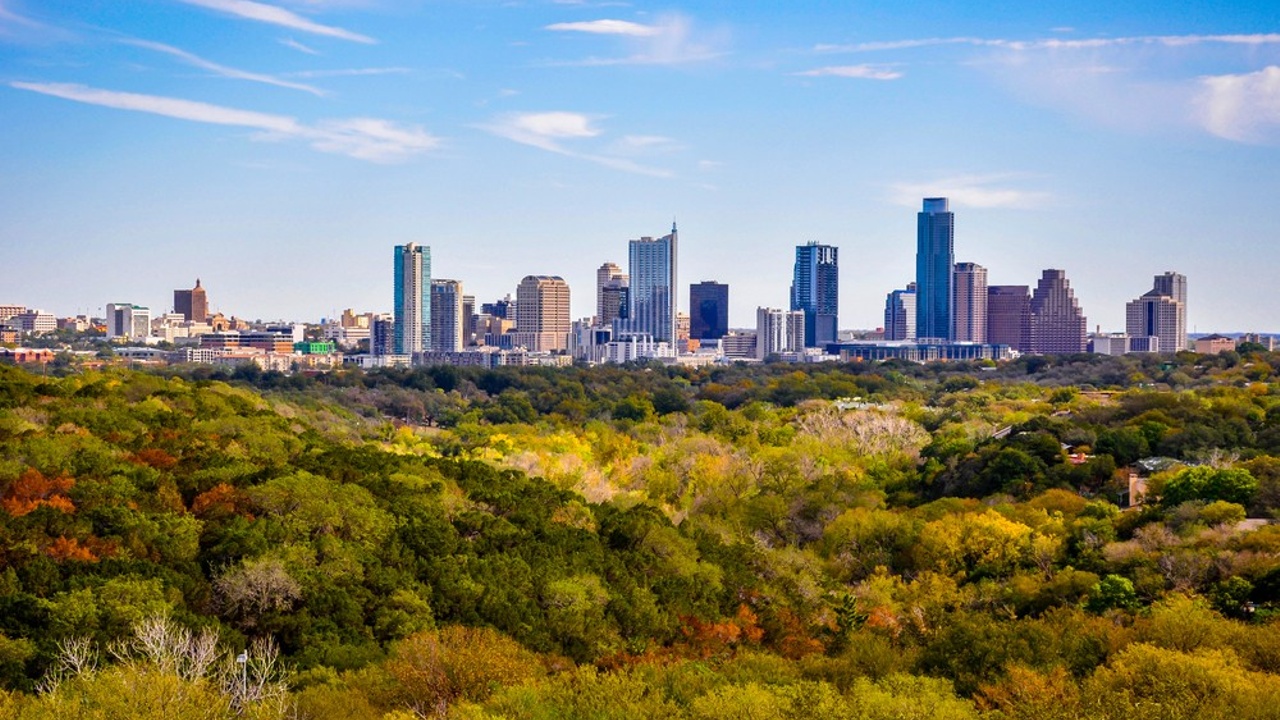
Urbanization has been around for thousands of years. While the earliest cities developed in Mesopotamia, Egypt, the Indus Valley, Northern China, and Mesoamerica, we now see that approximately 85 percent of the world’s population lives in urban areas.
Naturally, as cities grow in size, they take up more space. As we have seen with the rise of suburbia in the 1950s, if left unchecked urban areas can end up sprawling endlessly!
Who wants to live in a city made up of endless concrete, buildings, and houses? Not many! That is one of the reasons why it’s important to have adequate green spaces within and surrounding cities. Contact with nature has shown to have a positive impact on human physical and mental health.
It is also important to ensure the survival and health of our wildlife by preserving their natural habitats and preventing cities from sprawling outwards and using land inefficiently.
One of the ways this can be achieved is through the use of greenbelts!
What is a greenbelt?...

